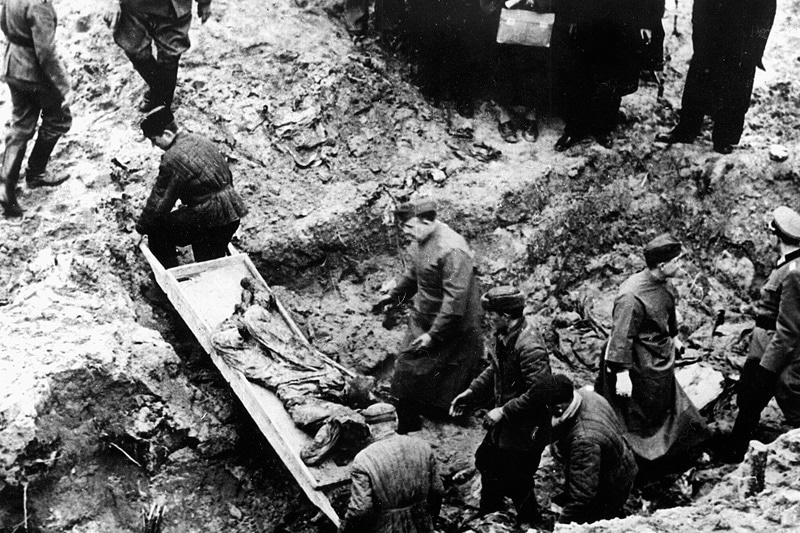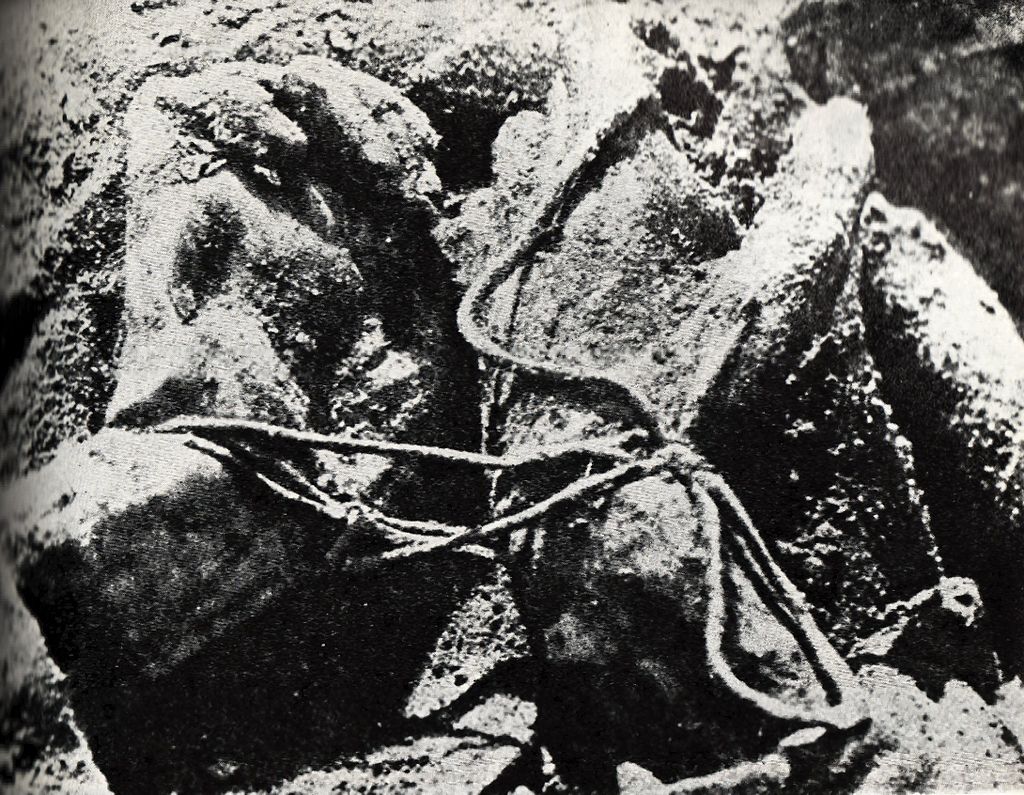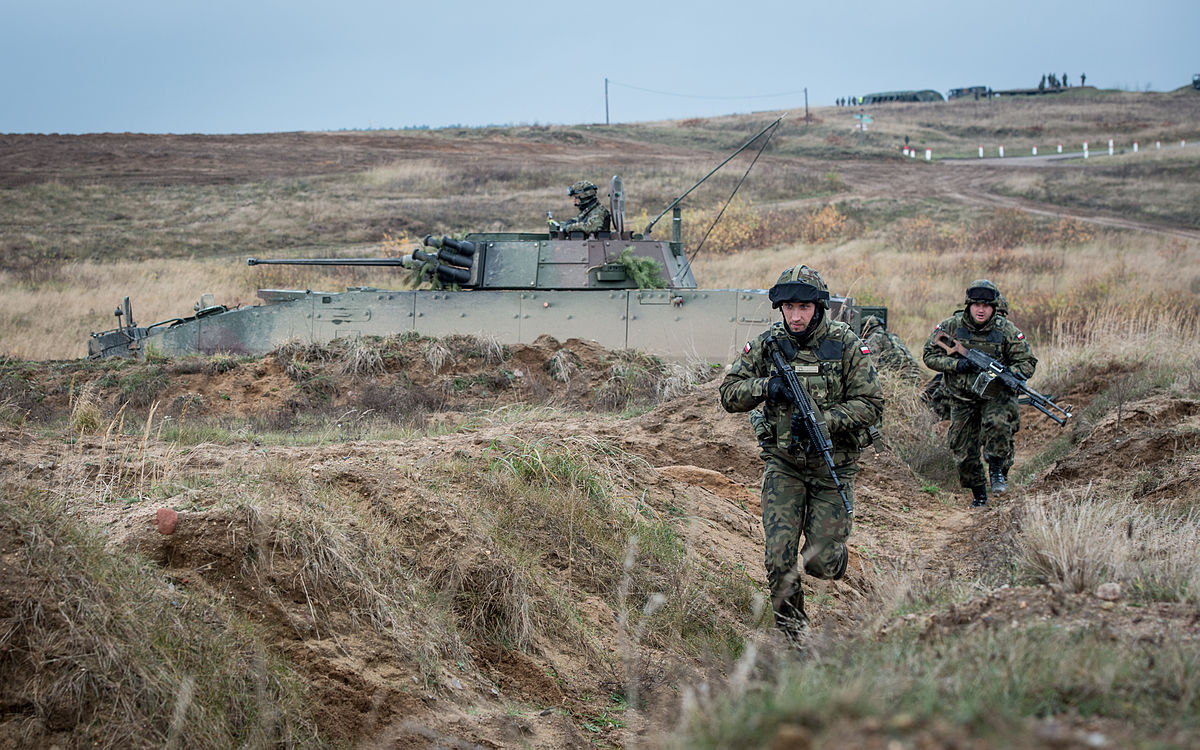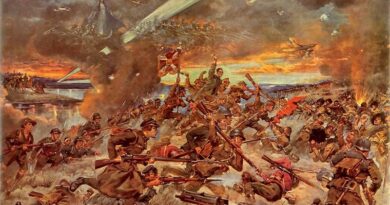Bucha 2022 like Katyń 1940. This is how Moscow lies about its crimes

Approximately 22,000 Poles were murdered by the Soviets in 1940 during the Katyn massacre. Prof. Nikolai Ivanov, researcher of the history of the Soviet Union, is talking about the process of obliterating the traces of the massacre by Soviet criminals.
Piotr Włoczyk: Can we identify the main architect of the lie around Katyn?
Prof. Nikolai Ivanov: The same man who was responsible for carrying out this crime – Vsevolod Merkulov, a high ranking officer of the NKVD. Thousands of people participated in the falsification of the history of Katyn, this is no exaggeration. Some of them genuinely believed that the Germans were responsible. Others knew the truth from the start. Merkulov was the commander of the entire operation and it was up to him to convince the chief surgeon of the Red Army, Nikolai Burdenko, and his commission that it was the Germans who had murdered Polish officers.
What was the basis of this lie?
Merkulov had a brilliant idea: he decided to involve as many people as possible, who had previously testified to the Germans that the Soviets had committed the crime. Now these witnesses were going to say that they had been forced to lie.
The best lie specialists in the world worked for Merkulov, who played the role of deputy for special tasks for Beria. People, who presented Polish agents as the most faithful communists during the show trials in the interwar period – such as Mikhail Tukhachevski. Goebbels could learn quite a bit from Stalinist provocation specialists.
Did Merkulov live up to all the hopes placed in him?
Stalin apparently felt that Merkulov, the only Russian in Beria’s entourage, had fulfilled his tasks in an exemplary manner. First, he was awarded a medal for the Katyn massacre, and then a prestigious award for the Katyn lie.
Convincing the world was not so difficult at the time: everyone was so outraged by the newly discovered German crimes that adding Katyn to this list seemed realistic. Let us also remember that initially, even in Poland, many ordinary people found it difficult to believe that such monstrous crimes could have been committed by anyone other than Germany.
The Burdenka Commission worked in the Katyn forest for 12 days (January 13-24, 1944). What could be done in such a short time?
Indeed, the Germans worked there for several months. However, Burdenko and his commission did not have to do anything. His commission was formed not for the purpose of examining real evidence of a crime, but to sign ready-made documents prepared by another non-public commission led by Merculov. Practically everything had been prepared by that time by the people of Merkulov, who started work immediately after the Germans were forced out of the Smolensk region. The members of the Burdenko commission were shown, inter alia, scraps of the Głos Radziecki (“Soviet Voice”) newspaper from the end of 1940, allegedly taken out of the uniforms of the victims. The most important, however, were the letters from the families that the murdered allegedly received after April 1940. Some of them were even from 1941! It was the height of maliciousness and deceit – showing actual letters that never reached the addressees. The victims’ children wrote there, for example: “Daddy, why aren’t you responding?” Stalin demanded nothing from Burdenka and his commission other than signing the report. These were Soviet people and they knew it was their patriotic duty to the war.
I suspect that Stalin, looking at the problems that began after the Germans revealed the Katyn massacre, was kicking himself that he had not ordered the execution of Polish officers elsewhere. He had enough space in his vast country to hide his crimes much more carefully. But, in the spring of 1940, at the height of the Soviet-German friendship, who could have predicted that the Germans would reach Smolensk in a year? It is located 750 km from the border. If the front had not moved so quickly in 1941, Stalin would have probably ordered the bodies of the victims to be excavated and the evidence of the crime to be disposed of, as the Germans did after 1942, when they retreated from the Red Army.

From the very beginning, the Germans knew that the bodies of murdered Polish officers were laying in the Katyn forest. However, in 1941 and 1942 they had no use of this information. They thought they would be in Moscow tomorrow and the Urals the day after tomorrow. Only when they started losing the war did they publicize this Soviet crime for the mere purpose of propaganda.
What do Russians know about Katyn today?
After what happened in Smolensk in 2010, I estimate that about every one in three Russians knows that Polish officers were murdered in Katyn on Stalin’s orders. Before that, perhaps 0.01% of Russians knew what the truth was. This is thanks to the film of Andrzej Wajda, which was shown twice after the daily news program on the main television station in Russia. Interestingly, the film “Katyn” was previously banned from distribution in Russian cinemas. The reaction of the Russian audience after seeing this film was more or less as follows: “We always thought that it was the Russians who were horribly harmed by communism. Meanwhile, it turns out that Poles also suffered a lot at their hands, that they were also murdered by the NKVD on a massive scale…”. Wajda’s film really grabs the viewers by their hearts and, importantly, is not anti-Russian. After all, Sergei Garmash, a very famous Russian actor, played the role of a Red Army captain who was saving Poles.
Is the claim that Katyn was a German crime embarrassing in Russia today?
Unfortunately, there are still some people in Russia who believe that the admission of the USSR to this crime was a provocation by Gorbachev, Yeltsin, and the Poles, and the document with Stalin’s signature, which was handed over to the Poles, is forged. That, in fact, it was all a lie, and that the Burdenko commission determined the true course of events. If we were in Moscow now, I guarantee you that at every major metro station we could buy at a random book stand at least two publications about the “German crime in Katyn”. A lot of such titles have been published in Russia. I myself have the book “”Truth about Katyn” at home, on the cover of which you can see a fat German soldier who is shooting a Polish officer in the back of the head. The author of this book, Yuri Mukhin, provides a whole range of “evidence” of the guilt of the Germans. He listed 600 of them! However, there are not as many lunatics among Russian historians, perhaps they constitute 5% of the lot.
Stalin did not even count on the fact that the Katyn lie would take deeper roots in Poland?
There was no chance of that. The victims, which exceeded 20,000 in numbers, had hundreds of thousands of family members and friends in Poland, so this lie could not have developed in Poland on a larger scale with so many people knowing the truth. When I came to Poland from the USSR, I was extremely surprised to see that communism in Poland was rather fake, kind of pretend. Poles were extremely resistant to all this propaganda. My wife’s friend’s husband was an officer of the Polish People’s Army. One time we were together with them during New Year’s celebrations. There were a few other officers of the Polish People’s Army at the party. When these majors and captains drank a little vodka, I witnessed such anti-Sovietism like I’ve never seen before. They started asking me if I know what Katyn is? Am I aware of what the Bolsheviks did to Polish officers? Stalin would probably be surprised to see such a scene.



